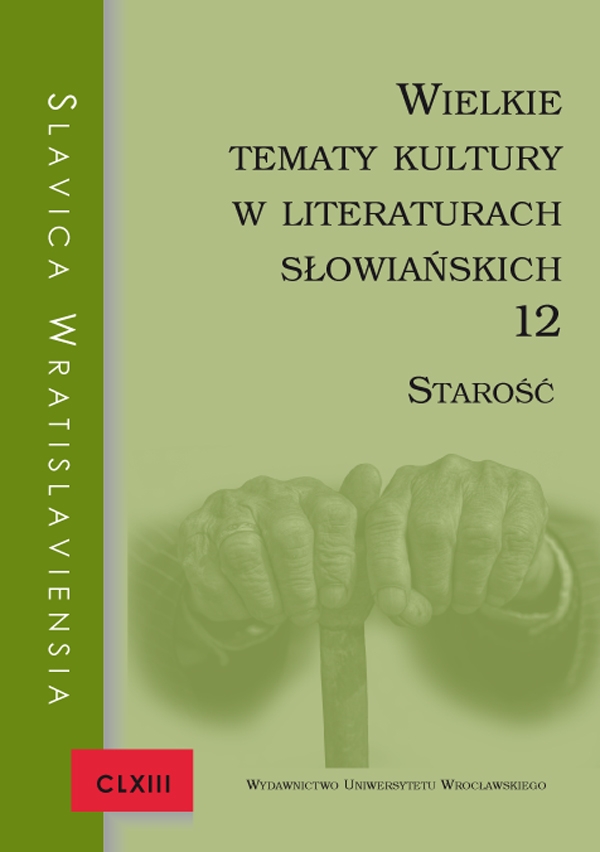

Artykuły

Does the old age have the gender or about the image of dusk of human life in The Island of Mesa Selimovic
In the text Iexplore the picture of the main characters old age. The question concerns possible existence any difference between woman’s and man’s old age.
There are two main characters, the older couple Maric who live on the nameless island what is the symbol of their loneliness and insulation, too.
The picture of the old age is negative and pessimistic. It is connected with fear of death, diseases, boredom, powerless. The woman’s and man’s old age are really similar although Katarina submitted to aging when her husband needed more time. At first he was dissented at all. It is the theme of the most interesting text The old dog.
Ima li starost rod ili slika životnog sumrakau Selimovićevim delu Ostrvo
Tekst Ima li starost rod ili slika životnog sumraka uSelimovićevim delu Ostrvo fokusira na slici starosti ina pitanju da li se ženska imuška starost razlikuju između sebe. Heroji Ostrva su bračni par Marić, Ivan i Katarina, penzioneri koji žive na bezimenom ostrvu. Ostrvo simbolizira njihovu osamljenost iizolaciju od sveta.
Slika starosti kod Selimovića definitivno je negativna; ona se veže sa strepnjom od smrti, bolešću, čamotinjom, osećajem uzaludnosti. Ženska imuška starost ne razlikuju se mnogo između sebe, slične su iako Katarina se lakše složi sa starošću, Ivan se početno buni intenzivno, zatim polako prihvata realnost. Otome se priča unajinteresantnijem delu knjige Stari pas.